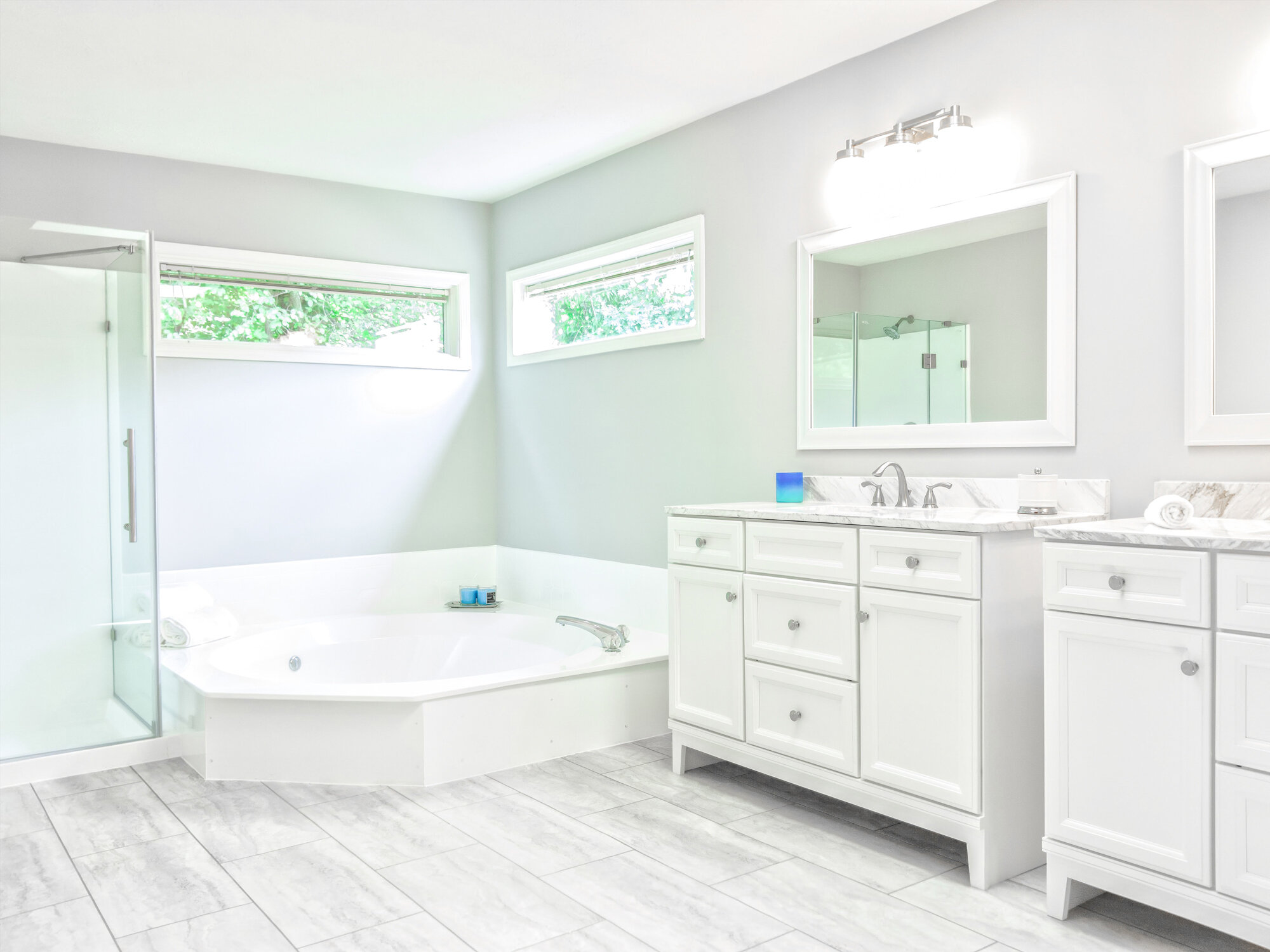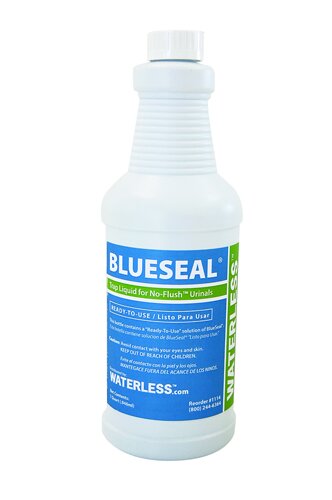Rachel Wray Thompson is an architect living and working in Chicago. A few years back, she was working with a client who “insisted on having a urinal in his home.” It was the first time she had ever received this request, and her client was adamant about it. “He said if he did not get a home urinal, he’d do his business outside just to avoid wasting water.”
Well, she did not want that. Further, it did not take long for her to realize she was working with a real “tree hugger.” So, Thompson said that going forward, everything she suggested for this client’s home, from the walls, floors, and appliances, would be as green and environmentally responsible as possible.
As far as the urinal, she had to do a little research. Installing a water-using urinal would not work for the simple reason that it still used water. Even the low-flow models used more water than she believed her client would like.
So, she turned her focus to waterless urinals. “Most of these fixtures rely on a liquid that floats at the top of the trapway [cylinder] at the base of the urinal,” said Thompson. “This liquid is less dense than urine and therefore allows the urine to drain through, while the trapping liquid stays on top.”
The trapping liquid, she soon learned, provides a barrier that blocks odors from entering the bathroom and “keeps everything tidy and clean.” BlueSeal, marketed by Waterless CO., Inc, is an example of just such a “trapping liquid.”
Further, she found that because the urinal dries out between uses, “waterless urinals can actually be more sanitary than conventional urinals.”
So, if a waterless urinal uses no water, it passes that test, but how much water does it really save?
Thompson said she did a little research and discovered that if there are two males in a home, and each uses the urinal three times per day, “a waterless urinal will replace about 2,040 toilet flushes per year.”
Taking this a step further, that translates into an annual water savings of about 3,250 gallons of water, even more, if there are more males in the household.
With facts in hand, she presented the numbers to her client, who was extremely excited. This was genuine water savings, “something he could tell all his friends and write home about.”
Since then, Thompson says that while this was her first request for a home urinal, it certainly has not been her last.
“They’re getting kind of trendy. They [waterless urinals] really do not cost that much to purchase or install. I’m actually a bit surprised we don’t get more requests for them. They can put a real dent in the monthly water bill.”





























